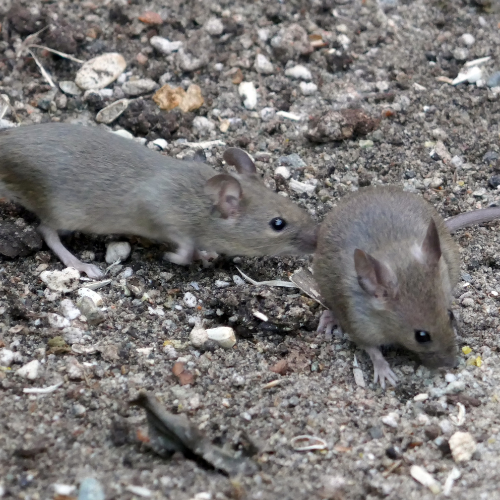
12 Sep Managing Rat Infestations Safely
Handling Rat Problems Effectively
Rats can pose serious issues for both homeowners and business owners. These pests are not only a nuisance but can also cause significant health risks and property damage. Understanding how to effectively and safely manage rat populations is crucial for maintaining a healthy and secure environment. This article will explore the best practices for controlling rats in South Florida, focusing on methods that are both effective and safe.
In South Florida, two rat species are commonly found: the Norway rat and the roof rat. Norway rats, also known as brown rats, prefer burrowing in the ground and are often found around sewers, basements, and under buildings. They are larger than roof rats and have a more robust body. Roof rats, on the other hand, are agile climbers that tend to nest in high places such as attics and trees. They are more slender and have longer tails compared to Norway rats.
Both species are highly adaptable and can thrive in various environments. They are nocturnal and tend to be most active at night. Signs of an infestation include droppings, gnaw marks, and nests made from shredded materials. If you spot these signs, it’s essential to take action quickly to prevent a larger infestation.
Rats can transmit several diseases to humans, including leptospirosis, hantavirus, and salmonella. They can also trigger allergic reactions due to their urine and droppings. Beyond health risks, rats can cause substantial damage to property. They chew on wires, which can lead to electrical fires, and they can damage insulation, woodwork, and stored goods. Addressing a rat problem promptly is crucial to protect both your health and your property.
Preventing Rat Infestations
The first line of defense against rats is maintaining a clean environment. Rats are attracted to easily accessible food sources and clutter. Ensure that food is stored in airtight containers and dispose of garbage regularly. Clean up spills and crumbs promptly to eliminate potential food sources for rats. Additionally, maintaining general cleanliness in and around your property reduces the chances of attracting rats.
Proper waste management is also key. Use trash cans with tight-fitting lids and avoid leaving pet food outside overnight. By minimizing food sources and maintaining a tidy environment, you can make your property less appealing to rats.
Rats can squeeze through surprisingly small gaps. Identifying and sealing potential entry points is critical for effective rat control. Check for holes in walls, floors, and foundations. Pay special attention to areas around pipes, vents, and cables, as these are common entry points. Use durable materials like steel wool or metal sheeting to seal gaps. For larger holes, consider using cement or other sturdy materials.
Inspect your property regularly to ensure that new entry points do not appear. By keeping potential entryways sealed, you reduce the chances of rats gaining access to your home or business.
Outdoor Rat Control Tips
The way you manage your outdoor spaces can impact rat activity. Rats are attracted to overgrown vegetation and cluttered areas. Keep your yard well-maintained by trimming back shrubs and trees, especially those that are close to your building. Removing piles of leaves, wood, or other debris can eliminate potential nesting sites.
Maintain a clear space between your building and any vegetation to prevent rats from easily accessing your property. By creating a more hostile environment for rats outdoors, you help keep them away from your property.
Traps are a practical and humane way to manage rat populations. There are several types of traps available, including snap traps, live traps, and glue boards. Snap traps are designed to kill rats quickly and are highly effective when placed in areas with active rat activity. Live traps capture rats alive, allowing for their release away from your property. Glue boards are less commonly recommended due to their inhumane nature and potential to cause prolonged suffering.
To use traps effectively, place them in areas where you’ve noticed signs of rat activity. Bait traps with appealing foods such as peanut butter, bacon, or dried fruit. Regularly check traps and dispose of captured rats promptly to prevent any health risks.
Baits and Rodenticides
Baits and rodenticides can be effective in controlling rat populations but must be used with caution. Bait stations are designed to hold rodenticides in a secure container, preventing access by pets and children. Place bait stations in areas where rats are active, and follow the manufacturer’s instructions carefully.
Rodenticides work by poisoning rats, but improper use can lead to unintended harm to non-target animals. Always use rodenticides as directed and consider using alternatives if you have concerns about safety. In some cases, consulting a pest control professional may be the best option for managing rodenticide use.
Ultrasonic repellents emit high-frequency sounds that are unpleasant to rats but inaudible to humans and pets. These devices can be effective in deterring rats from specific areas. However, their effectiveness can vary, and they are best used as part of a comprehensive pest management strategy.
Place ultrasonic repellents in areas where rats are active or where you want to prevent them from entering. While these devices can be a useful tool, they are not a standalone solution and should be used in conjunction with other control methods.
Sustainable Rat Control Strategies
Integrated Pest Management (IPM) is a comprehensive approach to pest control that combines various methods for effective and sustainable management. IPM involves monitoring pest activity, using preventive measures, and applying control methods as needed. The goal of IPM is to manage pest populations while minimizing harm to people, pets, and the environment.
IPM strategies are tailored to the specific needs of a property and consider factors such as pest species, the environment, and the potential impact of control methods. By using a combination of techniques, IPM provides a balanced approach to pest management.
To implement IPM for rat control, start by conducting a thorough inspection of your property to identify signs of rat activity and potential entry points. Develop a customized plan that includes preventive measures, such as sanitation and sealing entry points, as well as control methods like traps and baits. Regularly monitor the effectiveness of your plan and make adjustments as needed.
By adopting an IPM approach, you can achieve long-term rat control while minimizing the use of harmful chemicals and reducing the impact on the environment. This method ensures that your pest control efforts are both effective and sustainable.
Conclusion
Effective and safe rat control requires a combination of preventive measures and targeted control methods. By understanding rat behavior and implementing strategies such as maintaining cleanliness, sealing entry points, and using traps and baits, you can manage rat populations effectively. Integrating these methods into a comprehensive pest management plan ensures that you address the problem thoroughly and sustainably.
For South Florida residents and business owners, taking proactive steps to control rats is essential for maintaining a healthy and secure environment. Whether you handle the issue yourself or seek professional help, using safe and effective methods will protect your property and ensure peace of mind. Remember, effective rat control is an ongoing process, and regular maintenance is key to preventing future infestations.


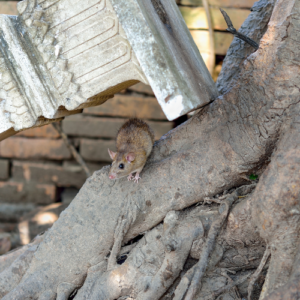
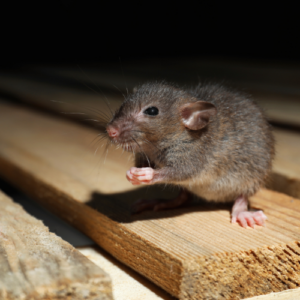
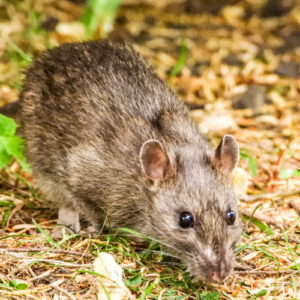
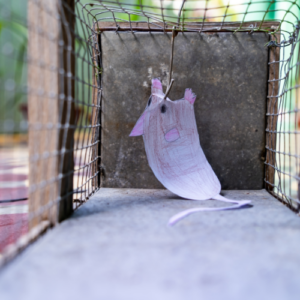
No Comments